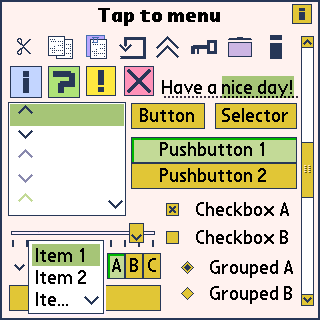Google Reader is a new Google application. It’s an online feed reader. Naturally it understands RSS and Atom and probably some other formats I’m not aware of. It had a problem importing my OPML from Newsgator though. It only imported 5 of my 20 feeds. So I ended adding them one by one.
Google Reader is again a nice example of an AJAX web-application. On the left side you see a list of all new articles. On the right you see the currently selected article. You can scroll through the list of articles by pressing the ‘j’ and ‘k’ keys. Scrolling doesn’t simply mean selecting the next article. The indicator of the current article itself doesn’t move. The list scrolls smoothly below it. That really looks nice.
I don’t understand why ‘j’ is used to scroll to the next and ‘k’ to the previous article, though. For people using languages that are read from left to right - like English and German -, this totally counterintuitive.
Google Reader allows you to tag your feeds. You can then choose to read only the articles for a specific tag. A feed can have more than one tag. Tagging is quite useful. If you don’t have much time to look through all the articles you can choose to only go through the important tags.
